Carlos Casanova-Mateo
Spain on Fire: A novel wildfire risk assessment model based on image satellite processing and atmospheric information
Jun 08, 2023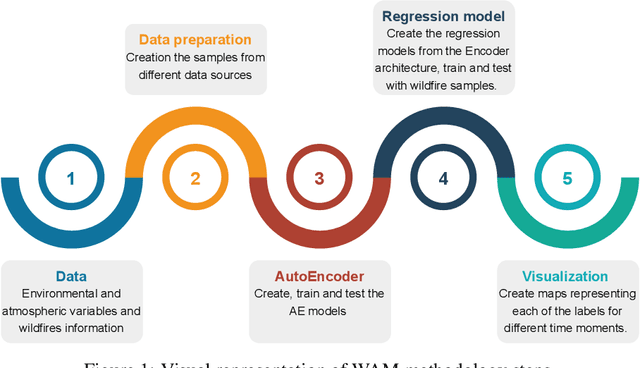
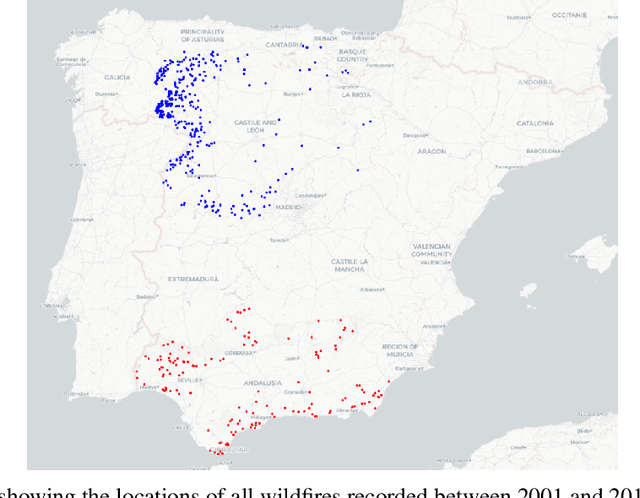
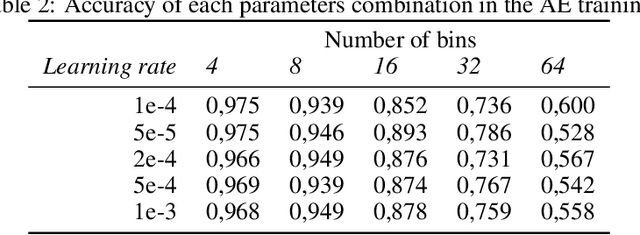
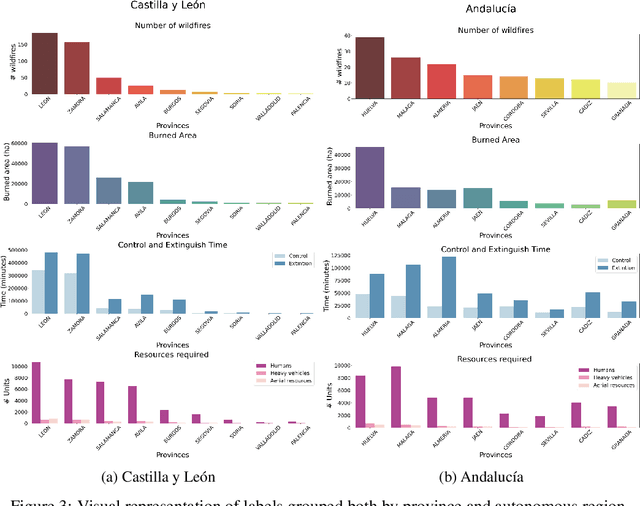
Abstract:Each year, wildfires destroy larger areas of Spain, threatening numerous ecosystems. Humans cause 90% of them (negligence or provoked) and the behaviour of individuals is unpredictable. However, atmospheric and environmental variables affect the spread of wildfires, and they can be analysed by using deep learning. In order to mitigate the damage of these events we proposed the novel Wildfire Assessment Model (WAM). Our aim is to anticipate the economic and ecological impact of a wildfire, assisting managers resource allocation and decision making for dangerous regions in Spain, Castilla y Le\'on and Andaluc\'ia. The WAM uses a residual-style convolutional network architecture to perform regression over atmospheric variables and the greenness index, computing necessary resources, the control and extinction time, and the expected burnt surface area. It is first pre-trained with self-supervision over 100,000 examples of unlabelled data with a masked patch prediction objective and fine-tuned using 311 samples of wildfires. The pretraining allows the model to understand situations, outclassing baselines with a 1,4%, 3,7% and 9% improvement estimating human, heavy and aerial resources; 21% and 10,2% in expected extinction and control time; and 18,8% in expected burnt area. Using the WAM we provide an example assessment map of Castilla y Le\'on, visualizing the expected resources over an entire region.
Randomization-based Machine Learning in Renewable Energy Prediction Problems: Critical Literature Review, New Results and Perspectives
Mar 26, 2021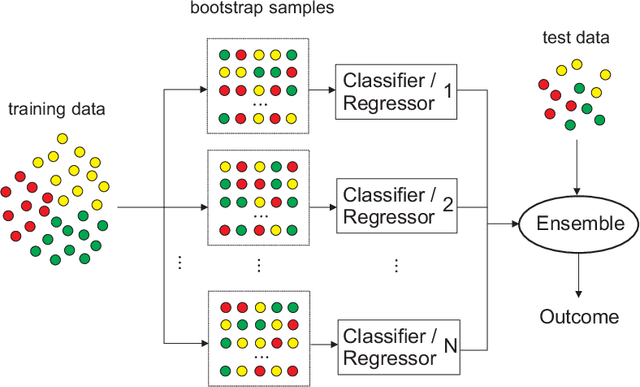

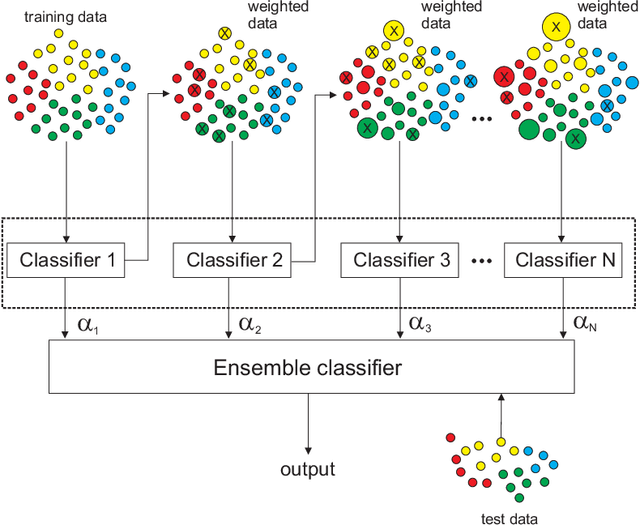
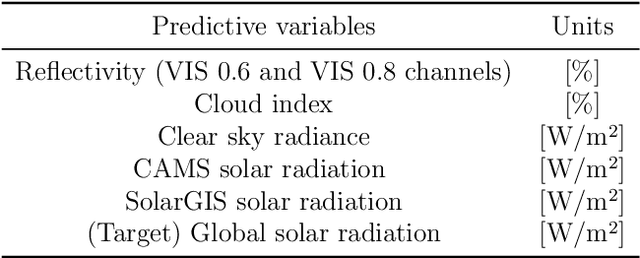
Abstract:Randomization-based Machine Learning methods for prediction are currently a hot topic in Artificial Intelligence, due to their excellent performance in many prediction problems, with a bounded computation time. The application of randomization-based approaches to renewable energy prediction problems has been massive in the last few years, including many different types of randomization-based approaches, their hybridization with other techniques and also the description of new versions of classical randomization-based algorithms, including deep and ensemble approaches. In this paper we review the most important characteristics of randomization-based machine learning approaches and their application to renewable energy prediction problems. We describe the most important methods and algorithms of this family of modeling methods, and perform a critical literature review, examining prediction problems related to solar, wind, marine/ocean and hydro-power renewable sources. We support our critical analysis with an extensive experimental study, comprising real-world problems related to solar, wind and hydro-power energy, where randomization-based algorithms are found to achieve superior results at a significantly lower computational cost than other modeling counterparts. We end our survey with a prospect of the most important challenges and research directions that remain open this field, along with an outlook motivating further research efforts in this exciting research field.
A mixture of experts model for predicting persistent weather patterns
Mar 24, 2019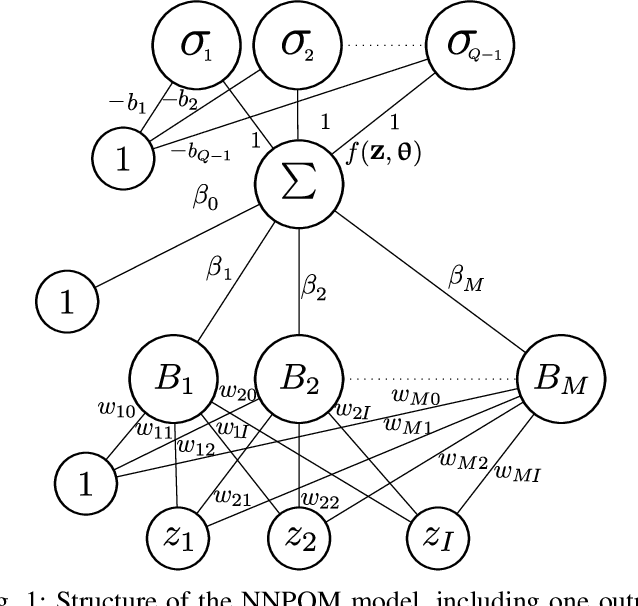
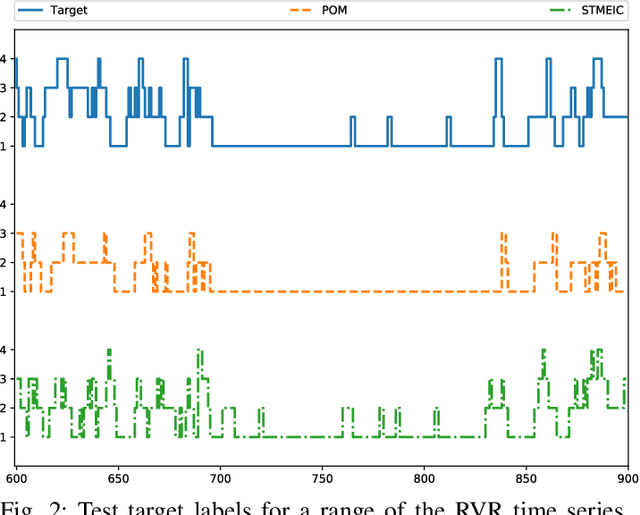
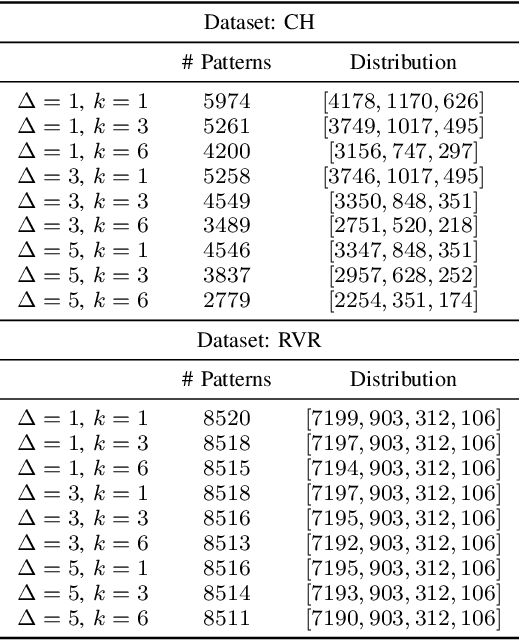
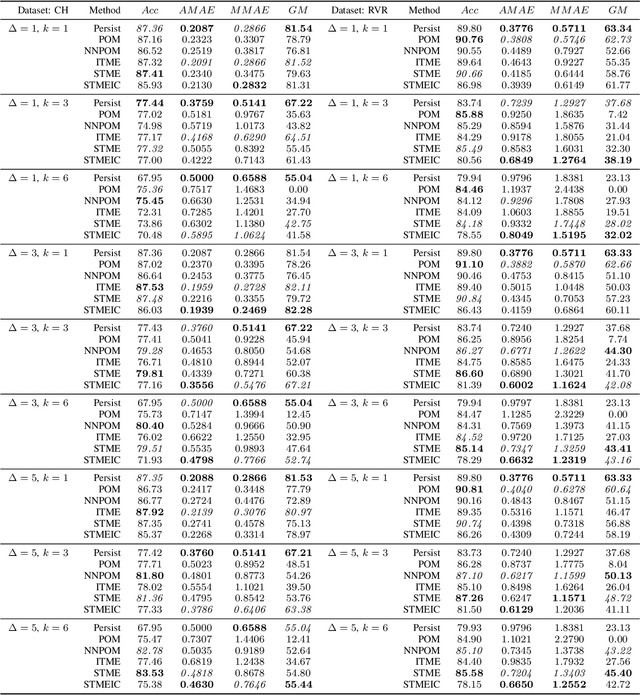
Abstract:Weather and atmospheric patterns are often persistent. The simplest weather forecasting method is the so-called persistence model, which assumes that the future state of a system will be similar (or equal) to the present state. Machine learning (ML) models are widely used in different weather forecasting applications, but they need to be compared to the persistence model to analyse whether they provide a competitive solution to the problem at hand. In this paper, we devise a new model for predicting low-visibility in airports using the concepts of mixture of experts. Visibility level is coded as two different ordered categorical variables: cloud height and runway visual height. The underlying system in this application is stagnant approximately in 90% of the cases, and standard ML models fail to improve on the performance of the persistence model. Because of this, instead of trying to simply beat the persistence model using ML, we use this persistence as a baseline and learn an ordinal neural network model that refines its results by focusing on learning weather fluctuations. The results show that the proposal outperforms persistence and other ordinal autoregressive models, especially for longer time horizon predictions and for the runway visual height variable.
 Add to Chrome
Add to Chrome Add to Firefox
Add to Firefox Add to Edge
Add to Edge